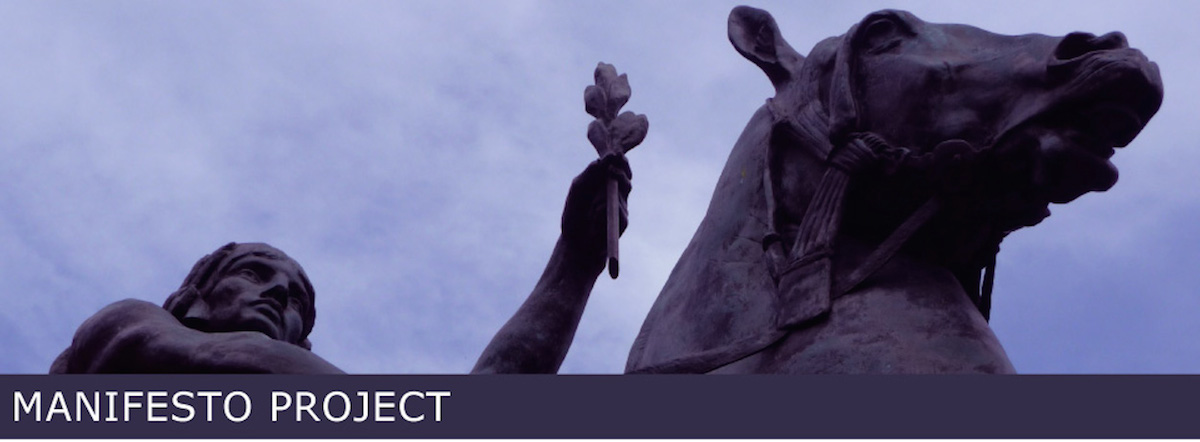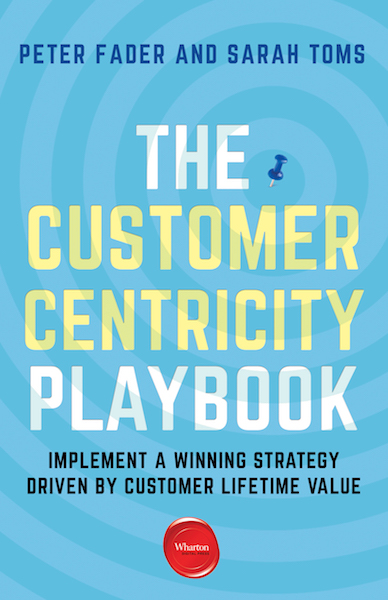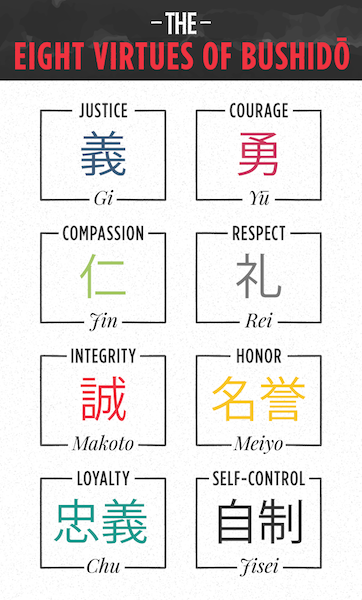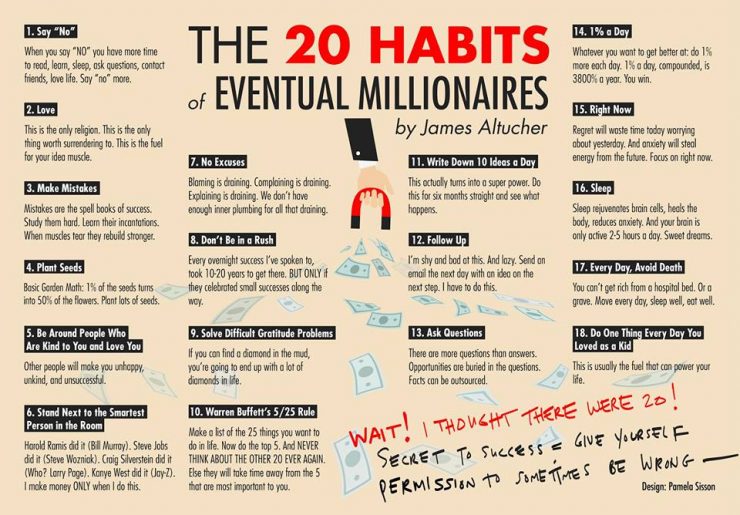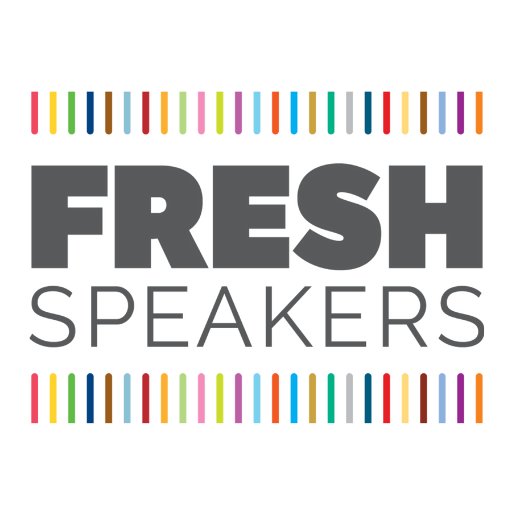Creator
iFixit is a wiki-based site that teaches people how to fix almost anything – it was started by Luke and Kyle in a collage dorm room.
Purpose
The purpose of the I Fix It Repair Manifesto is to empower individuals to share their technical knowledge with the rest of the world.
What started out as a personal question to fix things and going through the experience of doing it blindly with no instructions, Luke and Kyle decided to create and share manuals for fixing just about anything.
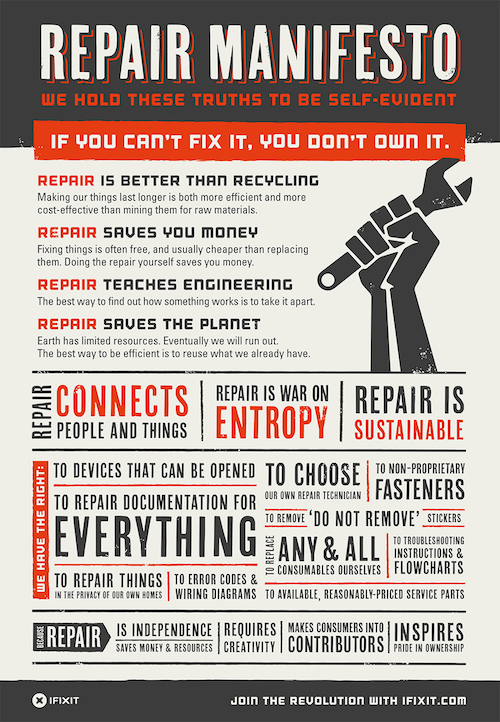
Manifesto
We hold these truths to be self-evident
If you can’t fix it, you don’t own it
Repair is better than recycling – Making our things last longer is both more efficient and more cost-effective than mining them for raw materials
Repair saves you money – Fixing things is often free, and usually cheaper than replacing them. Doing the repair yourself saves you money.
Repair teaches engineering – The best way to find out how something works is to take it apart.
Repair saves the planet – Earth has limited resources. Eventually we will run out. The best way to be efficient is to reuse what we already have.
- Repair connects people and things
- Repair is war on entropy
- Repair is sustainable
We have the right:
- To devices that can be opened
- To repair documentation for everything
- To repair things in the privacy of our own homes
- To error codes and wiring diagrams
- To choose our own repair technician
- To remove ‘do not remove’ stickers
- To replace any and all consumables ourselves
- To non-proprietary fasteners
- To troubleshooting instructions and flowcharts
- To available, reasonably-priced service parts
Because repair
- Is independence
- Saves money and resources
- Requires creativity
- Makes consumers into contributors
- Inspires pride in ownership
Source
https://www.ifixit.com/Manifesto
https://www.ifixit.com/Info/background
Comment
This is the second Repair Manifesto on this site.
There are no rules that say you can’t have a manifesto on the same topic as someone else. However, there is a risk of confusion if you don’t clearly articulate your manifesto from the other one(s).
In this case, both manifestos are titled ‘Repair Manifesto’. While one was clearly created before the other, one of these will also be more popular than the other. That’s the risk you take.
I believe a better way forward to create a subset of the original one. For instance being clear that you are declaring ‘The Platform 21 Repair Manifesto’ or the ‘I Fix It Repair Manifesto’.
Also, I was attracted to the I Fix It Repair Manifesto because of it’s eye-catching visual.
While most words, I do love the clenched fist holding the wrench. It’s a neat update on the use of a fist eg Black Power salute as a display of strength.
Also, a visual like this makes it easy to be shared – as either an image and as a pdf – which is crucial if you want your movement to grow.
